
When talking about art, we usually think of paintings and sculptures. Since visual arts are basically an act of creation, we find them intriguing and charming. Such artworks have surrounded us and ornamented our homes for quite a long time.
Although we usually associate wall art with street art today, it has been one of the most widespread art forms preferred as décor.

Amarok by Artchi
Wall art allows people to express themselves while adding personality to their homes. And even though this art form seems relatively modern, its origins go back thousands of years.
If you want to learn more about wall art, we've put up the perfect post for you. So keep reading to dive into the history of wall art, from cave paintings to street art!
What is wall art?
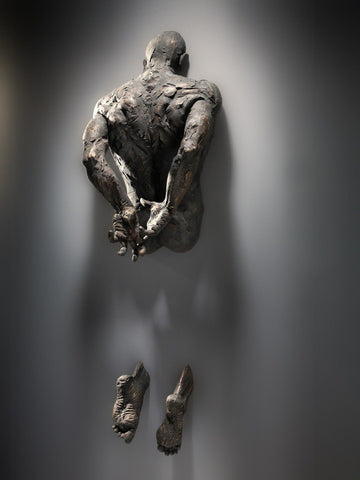
Wall art is any art piece made or hung on a wall for decoration. Nevertheless, it's worth noting that there isn't a fixed form of wall art; the mediums and materials used can differ, and different types of artwork, from paintings to metal figures, can be considered wall art.
Actually, the sole criterion for an artwork to be in this extensive category is being able to hang it on a wall.
First Examples of Wall Art: Cave Paintings
The known history of wall art starts with a unique cave in a small town in the province of Santa Cruz, in southern Argentina. Cueva de las Manos, or Cave of Hands, is home to some of the most significant examples of early hunter-gatherer art.
The walls of Cueva de las Manos are full of hundreds of hand paintings, geometric shapes, as well as human and animal figures. The paintings date between 7,300 BCE and 700 CE, meaning the locals had used the site for creative -or maybe religious- purposes for over 7 thousand years.

Through these 7 thousand years, three different cultural groups left their marks on the walls. The first group, named Stylistic Group A, dates to 7,300 BCE and left a myriad of hand motifs, hunting scenes, and human figures behind them.
Stylistic Groups B and B1, dated between 5,000 and 1,300 BCE, created more hand motifs and animal paintings; these stylistic groups also painted some animal and human footprints, which don't appear in the other groups' works. And the last group, Stylistic Group C, which began in 700 CE, mostly left handprints, geometric figures, and dots.

Researchers are unsure why the area's early inhabitants created such artwork. While some scholars suggest it might be a desire to be remembered, there might also be a religious, ceremonial, or even merely ornamental purpose behind it.
No matter the reason behind their creation, the figures at Cueva de las Manos are among history's first wall art examples
Graffiti of Classical Antiquity

Around the time people were painting the walls of Cueva de las Manos in South America, people in Ancient Greece and Rome drew graffiti on public walls. Some of this graffiti still decorates the streets of ancient settlements and demonstrates a long tradition of street art with all its majesty.
A perfect example of graffiti in Classical Antiquity is something we may call "brothel art." From the ancient city of Ephesus to the renowned Pompeii, it is easy to find images depicting sexual scenes on the walls of ancient Greek and Roman settlements that once had a booming sex industry.

Another famous example of street art in classical antiquity is actually one of the first depictions of Jesus Christ -and possibly a humorous one. The mural in Italy dates to 200 AD and depicts Jesus Christ with a donkey's head.
“Kilroy was here!”
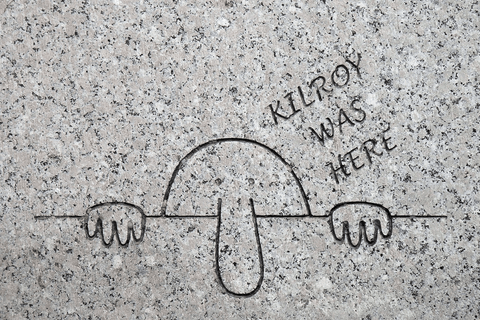
The following eras, after classical antiquity, saw a booming interest in arts, giving birth to new understandings and art forms, including various types of street art. However, the birth of modern graffiti happened as late as World War II.
Kilroy, a bald character hanging his long nose over a wall with the words "Kilroy was here" written underneath, started to appear in the areas where American soldiers were stationed and became the first example of modern street art.

There were also British and Australian doodles, yet they didn't become as internationally famous as Kilroy.
Although the origins of Kilroy are unknown, it caught up as a symbol, and American soldiers kept drawing this character on the walls during the Korean and Vietnam Wars, even in Afghanistan and Iraq recently.
Birth of Tagging
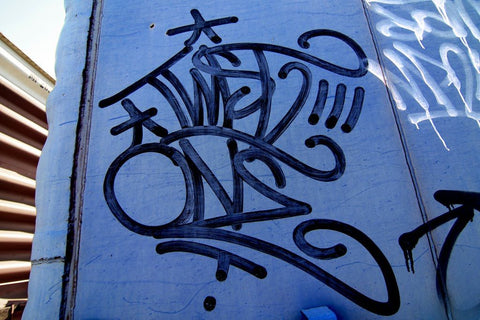
Whereas the history of street art goes back thousands of years, the first influential street artists were born only decades ago. In the 1960s, artists Cornbread and Taki 183 became the first well-known names of the street art scene by "tagging" the walls of their neighbourhoods.
Tagging started as the simple practice of writing names on public walls and became popular among young artists. Many people, who were influenced by Taki 183 and Cornbread, joined this movement and even contributed to its evolution by developing their own unique styles and methods.
The Modern Street Art Movement
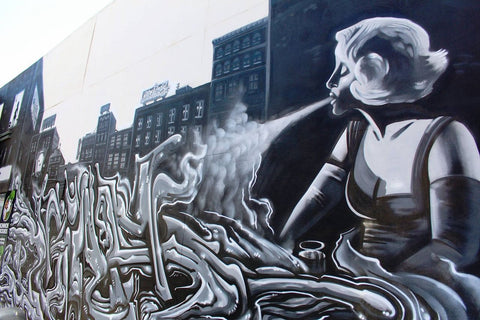
After its birth and spread, street art caught up really quickly and became a popular art form. The main reason behind this popularity was the activist and rebellious spirit it had. In a short time, many artists started to draw graffiti to convey a message and make a statement.
However, its activist nature caused the public to have a biased view of street art. As a result, most people perceived it as vandalism, and many didn't embrace graffiti as a form of art for a long while.
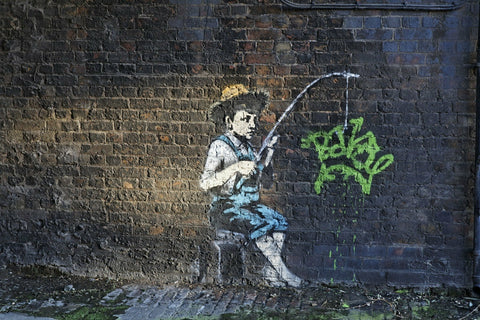
Nevertheless, in only a decade, graffiti artists ornamented cities with their creative works, and people slowly embraced this new art form. Finally, in the early 2000s, graffiti became more widely recognised as an art form rather than vandalism.
The Modern Street Art Movement gave us some well-known artists, such as Banksy or Kaws, whose works are considered some of the most original pieces of not only the street art scene but also of our time.
Wall Art in Your home
Wall art is impressive, and if you want to add a bit of colour to your home with this unique art form, check out Artchi's collection of wall art. From living room wall art to extraordinary canvas wall art, our collection has something for all decorative purposes.



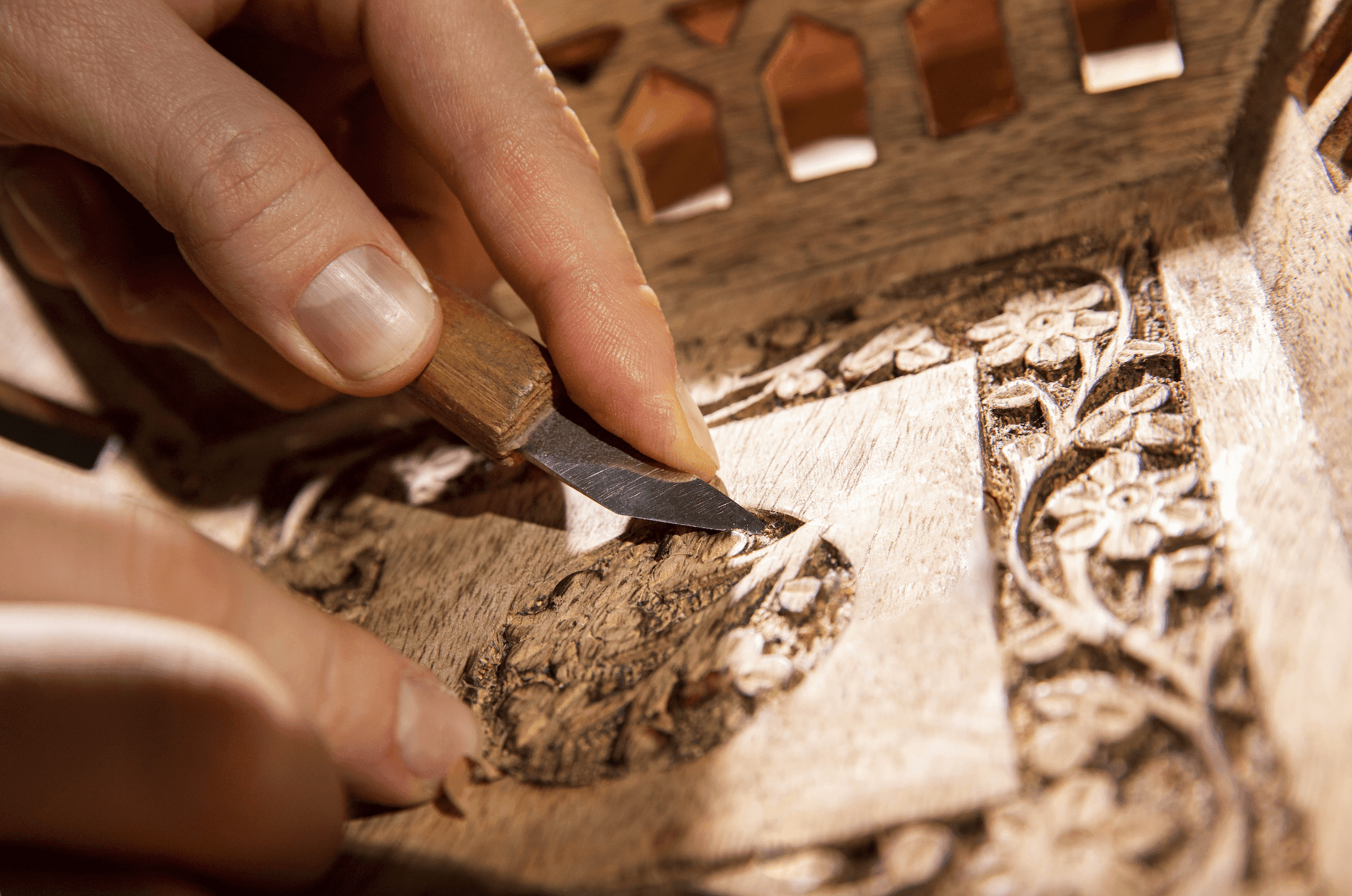
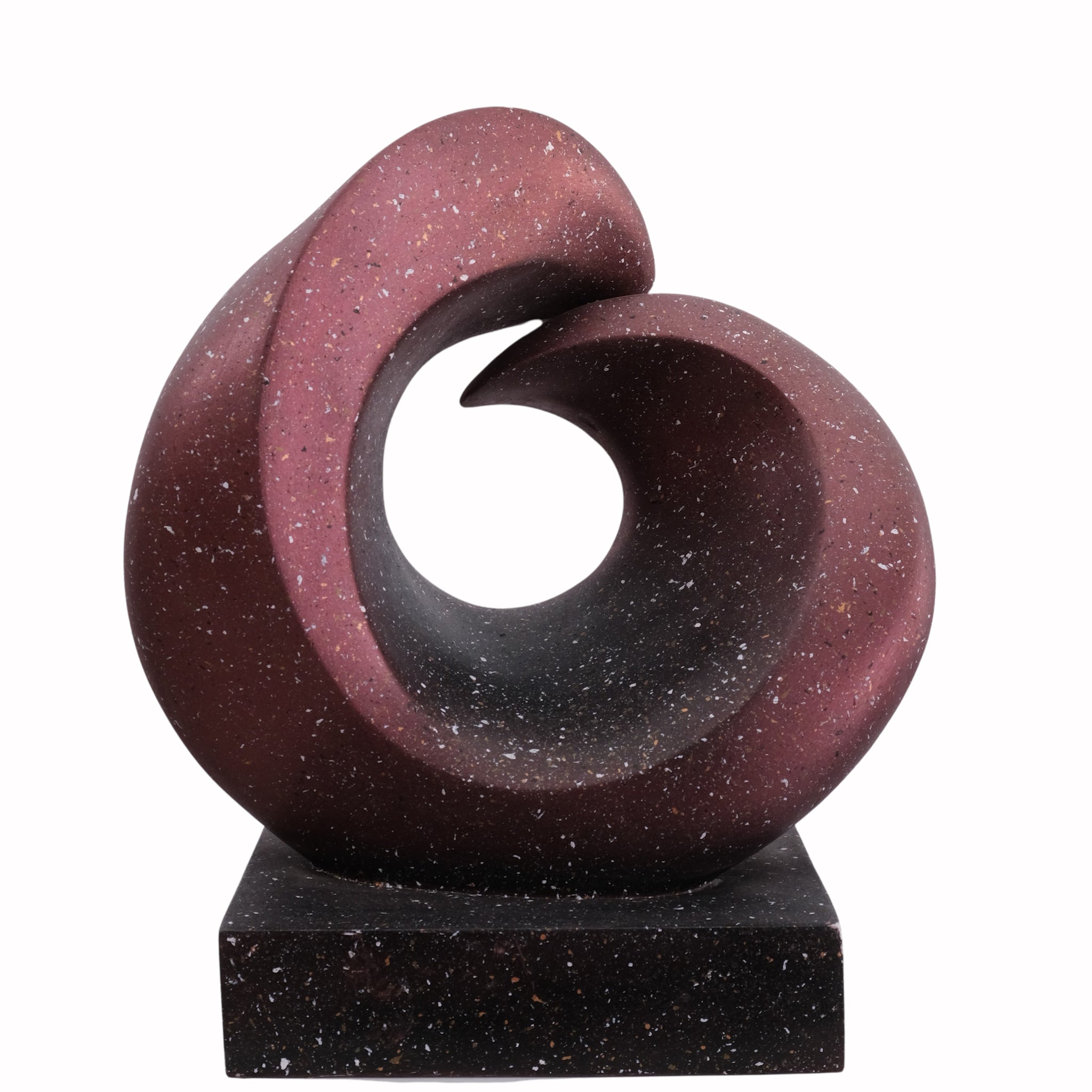

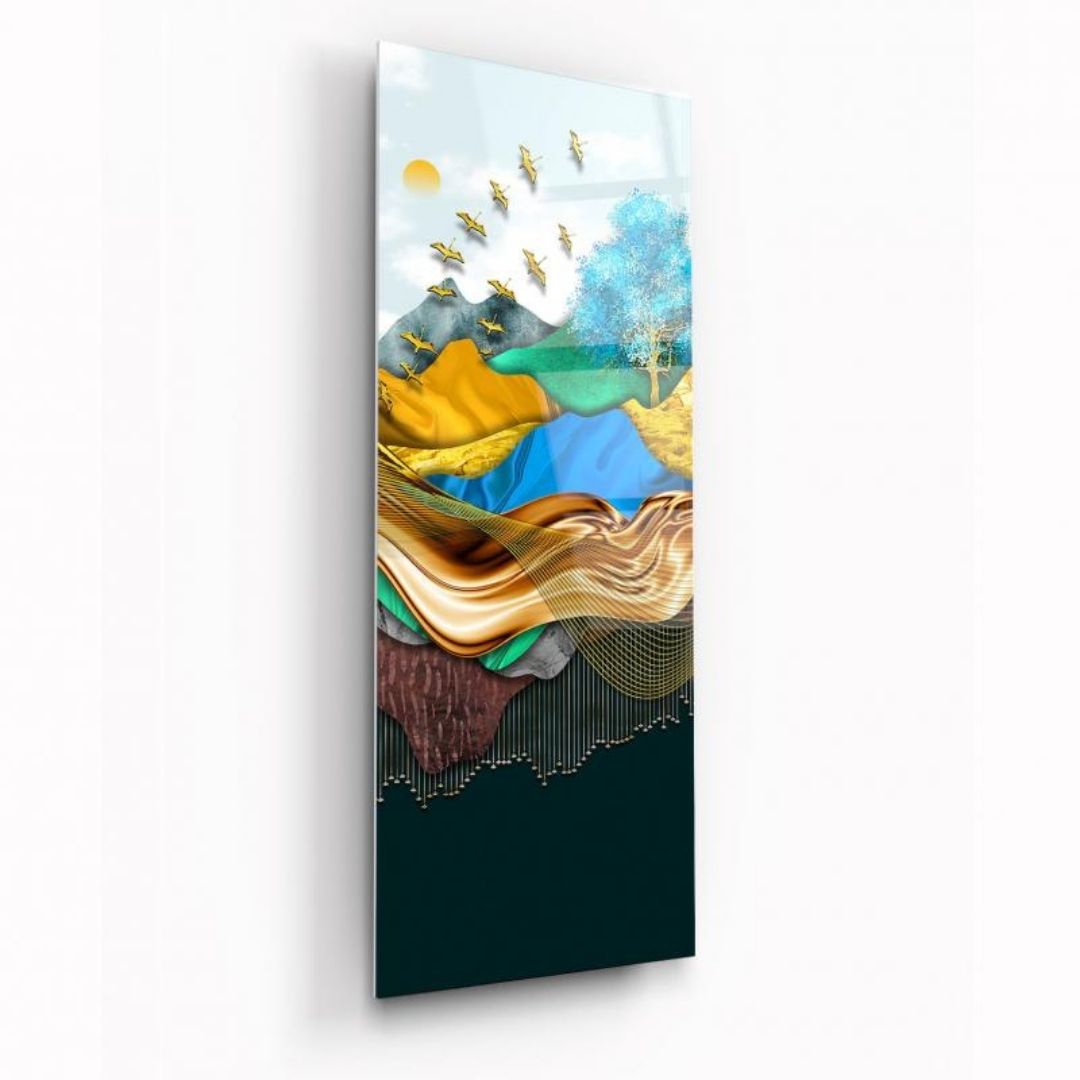
Leave a comment
All comments are moderated before being published.
This site is protected by hCaptcha and the hCaptcha Privacy Policy and Terms of Service apply.